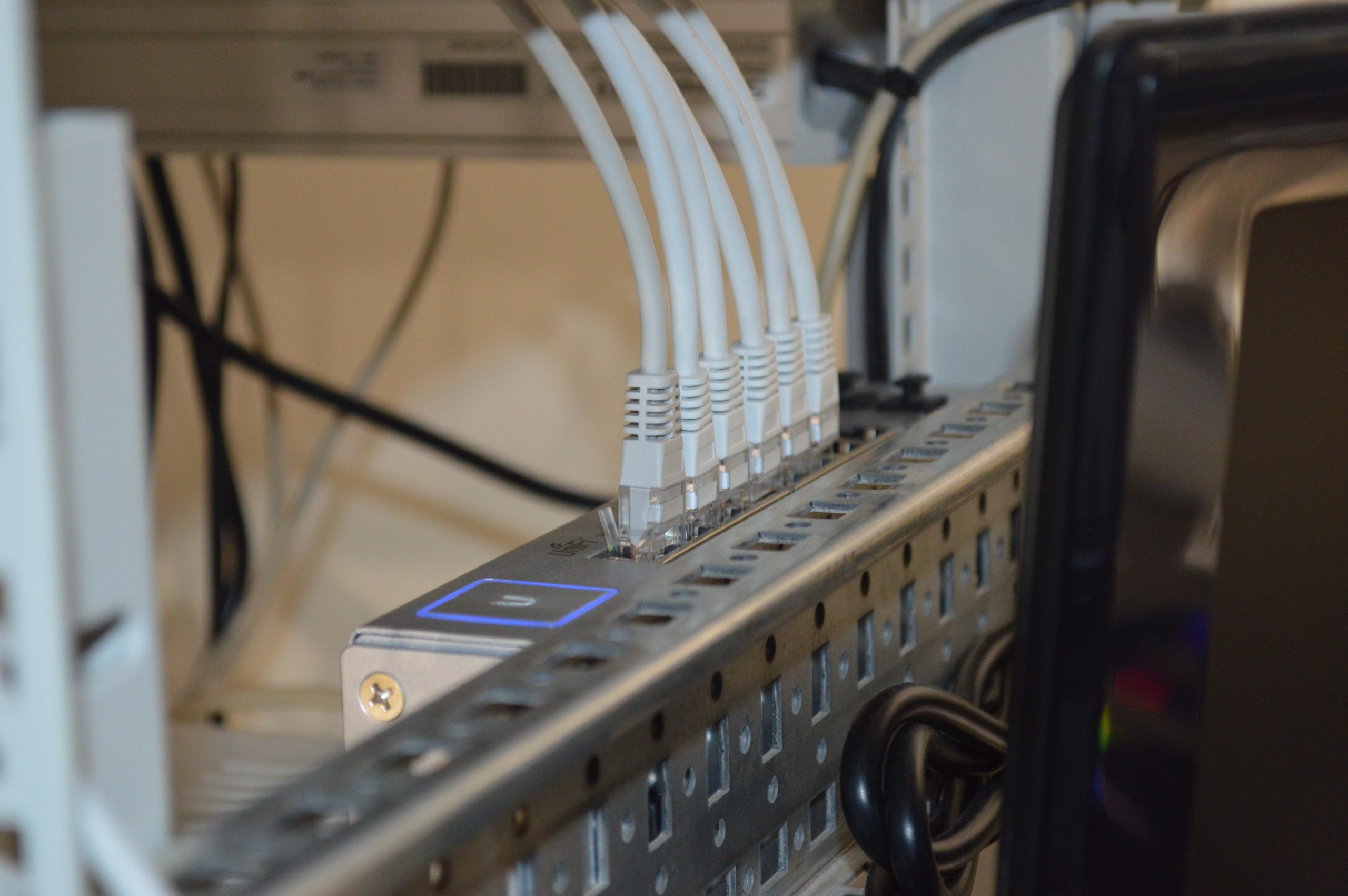In 2019, the world was rocked by news of a $500 million fraud case involving international commodities trading company Trafigura. The investigation spanned ten days and involved many of the world’s biggest financial institutions. It was a complex case that seemed to send shockwaves through the industry. In this blog post, we will unravel the details of this massive fraud in just 10 days. We’ll look at who was involved, how it happened and what the results were. We will also explore some of the measures being taken to ensure this never happens again and discuss what lessons can be learned from this scandal. Ready to dive into one of the most infamous frauds in recent memory? Let’s get started!
What is the Trafigura Scandal?
The Trafigura scandal is a story of alleged fraud and corruption that has been unfolding over the past year. It began in September of 2016, when it was revealed that the commodity trading company Trafigura had been using a scheme to defraud the government of Ivory Coast out of millions of dollars.
The scheme revolved around Trafigura selling oil to the Ivory Coast government at below-market prices, and then using a network of middlemen and shell companies to artificially inflate the prices when reselling the oil on the international market. This resulted in the Ivory Coast government paying significantly more for their oil than they should have, while Trafigura made huge profits.
In December of 2016, an investigative journalist named Mark Rice-Oxley published an article in The Guardian detailing the scheme and naming several Trafigura executives who were allegedly involved. The article caused a major public outcry, and led to calls for an investigation into the matter.
Despite initially denying any wrongdoing, Trafigura eventually agreed to pay $30 million to settle the matter with the Ivory Coast government. However, many believe that this is just a fraction of what they actually owe, and that those responsible for the scheme should be brought to justice.
Who is Involved in the Scandal?
In September 2009, the London-based oil and commodities trading company Trafigura agreed to pay a $25 million settlement to the government of Ivory Coast after it was accused of causing a massive toxic waste dump in the country’s capital, Abidjan.
The scandal came to light after a leaked internal report from Trafigura showed that the company knew that the waste it was dumping could be harmful to human health. Despite this knowledge, Trafigura went ahead with the dumping, which caused more than 30,000 people to seek medical treatment.
Trafigura has denied any wrongdoing, but the company’s actions have been widely condemned by environmental and human rights groups. The scandal has also raised questions about the regulation of the commodities trading industry.
What Happened?
The Trafigura $ million fraud was discovered by a group of investigative journalists who spent months digging into the company’s financial records. They uncovered a scheme whereby Trafigura had used false invoices to inflate the value of its oil shipments, and had then used this extra money to buy shares in its own company. This had allowed the company to artificially increase its share price, and make millions of dollars in profits.
The journalists also found that Trafigura had used similar schemes to inflate the prices of other commodities, such as copper and aluminum. The company had then used these commodities to generate more profits for itself.
The investigators believe that the Trafigura $ million fraud was part of a much larger scheme involving other companies and individuals. They are currently working to uncover the full extent of this scheme.
The Aftermath of the Scandal
The Trafigura scandal has been described as the “largest and most sophisticated fraud” in the history of the London Metal Exchange (LME). The LME is responsible for setting the price of metals such as aluminum and copper. Trafigura, a commodities trading company, was able to manipulate the price of metals by using false information and creating artificial shortages. This allowed them to make millions of dollars in profits.
The scandal came to light after an investigative journalist, Sarah Ferguson, published an article in The Daily Telegraph detailing Trafigura’s activities. The article caused a public outcry and led to an investigation by the British government.
As a result of the scandal, several senior executives at Trafigura were fired or resigned. The company was also fined £30 million (US$48 million) by the British government.
Conclusion
Unravelling the Trafigura $500 million fraud was a complicated process that took over 10 days. Through meticulous investigation, journalists were able to uncover and document evidence of illegal activities at the company. This is one example of how investigative journalism can have an impact on our lives by shining a light on unethical practices and holding those responsible accountable for their actions. The work done in this case serves as an important reminder about the importance of reporting corruption and ensuring it does not go unchecked.




